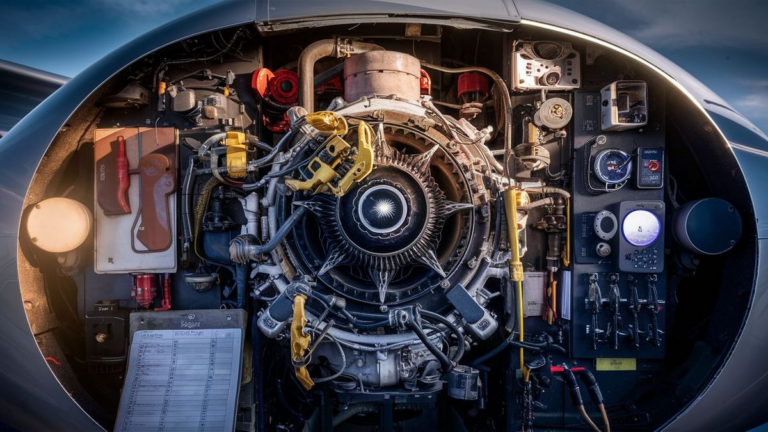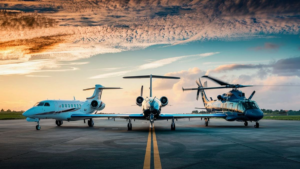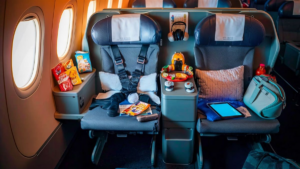An aircraft mechanic, also known as an aviation maintenance technician, plays a crucial role in ensuring the safety and functionality of aircraft. These skilled professionals are responsible for inspecting, repairing, and maintaining various components of airplanes and helicopters to ensure they meet stringent safety and performance standards.
Responsibilities of an Aircraft Mechanic
The responsibilities of an aircraft mechanic encompass a wide range of tasks, including:
- Performing routine inspections and scheduled maintenance to detect and address potential issues before they escalate.
- Diagnosing mechanical, electrical, and structural problems using specialized tools and equipment.
- Repairing or replacing defective parts and components to restore the aircraft to proper working condition.
- Conducting thorough checks of aircraft systems, such as engines, landing gear, brakes, and avionics, to ensure they meet regulatory standards.
- Following detailed maintenance manuals and technical guidelines to perform tasks accurately and safely.
- Documenting all maintenance and repair work performed on the aircraft for regulatory compliance and record-keeping purposes.
Education and Training
Becoming an aircraft mechanic typically requires specialized education and training. Many professionals pursue formal education programs offered by technical schools, community colleges, or aviation maintenance schools. These programs cover topics such as aircraft systems, maintenance procedures, and regulatory requirements.
In addition to formal education, aircraft mechanics often undergo on-the-job training or apprenticeships to gain practical experience working with different types of aircraft and equipment. This hands-on training is essential for developing the skills and expertise needed to perform maintenance and repairs effectively.
Certification and Licensure
Obtaining certification and licensure is a critical step for aircraft mechanics to demonstrate their competence and proficiency in the field. The Federal Aviation Administration (FAA) regulates the certification process for aviation maintenance technicians in the United States.
To become certified, mechanics must meet specific eligibility requirements, including completing a formal education program or gaining a certain amount of work experience. They must then pass a series of written and practical exams administered by the FAA or an approved testing center.
Once certified, aircraft mechanics must stay up-to-date with advances in technology and regulatory changes by participating in ongoing training and professional development activities.
Job Outlook and Career Opportunities
The demand for skilled aircraft mechanics is expected to remain strong in the coming years, driven by the continued growth of the aviation industry and the need to maintain existing fleets of aircraft. Aircraft mechanics can find employment opportunities with airlines, maintenance and repair organizations, aerospace manufacturers, and government agencies.
As technology continues to advance, aircraft mechanics with specialized skills in areas such as avionics, composite materials, and computerized maintenance systems may have particularly promising career prospects.
In conclusion, aircraft mechanics play a vital role in ensuring the safety, reliability, and airworthiness of aircraft. Their expertise and dedication are essential for keeping planes and helicopters operating safely and efficiently. With the right education, training, and certification, aspiring aircraft mechanics can embark on a rewarding career in the dynamic field of aviation maintenance.
Salary and Compensation
One aspect that aspiring aircraft mechanics might consider is the salary and compensation in the field. While entry-level positions may offer modest salaries, experienced mechanics with advanced certifications and specialized skills can command higher wages.
According to the U.S. Bureau of Labor Statistics, the median annual wage for aircraft and avionics equipment mechanics and technicians was $64,310 as of May 2020. However, this can vary based on factors such as location, employer, and level of experience.
Continuing Education and Specializations
Continuing education is essential for aircraft mechanics to stay current with evolving technology and industry standards. Many professionals pursue additional certifications or specialized training in areas such as aircraft engines, avionics systems, or specific aircraft models.
Moreover, some aircraft mechanics may choose to specialize in particular types of aircraft, such as commercial airliners, military aircraft, or helicopters. Specializing can open up opportunities for advancement and higher-paying positions within specific sectors of the aviation industry.
| Skills | Description |
|---|---|
| Attention to Detail | Aircraft mechanics must meticulously inspect and repair aircraft components to ensure safety and compliance with regulations. |
| Problem-Solving | They need strong problem-solving skills to diagnose and address mechanical, electrical, and structural issues effectively. |
| Technical Proficiency | Proficiency with specialized tools and equipment is crucial for performing maintenance and repairs on aircraft systems. |
| Compliance Knowledge | Understanding of regulatory requirements and adherence to safety protocols are essential for maintaining aircraft airworthiness. |
Frequently Asked Questions
- Q: What are the typical work environments for aircraft mechanics?
- A: Aircraft mechanics may work in hangars, repair stations, or on airfields, where they perform maintenance and repairs on both parked and operational aircraft.
- Q: Are there any risks associated with being an aircraft mechanic?
- A: While aircraft mechanics follow strict safety protocols, there are inherent risks associated with working around aircraft, such as exposure to hazardous materials and working at heights.
See also:






